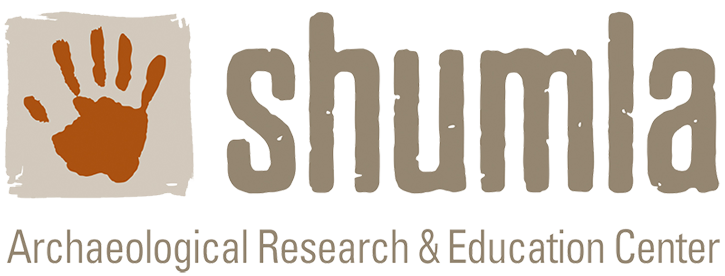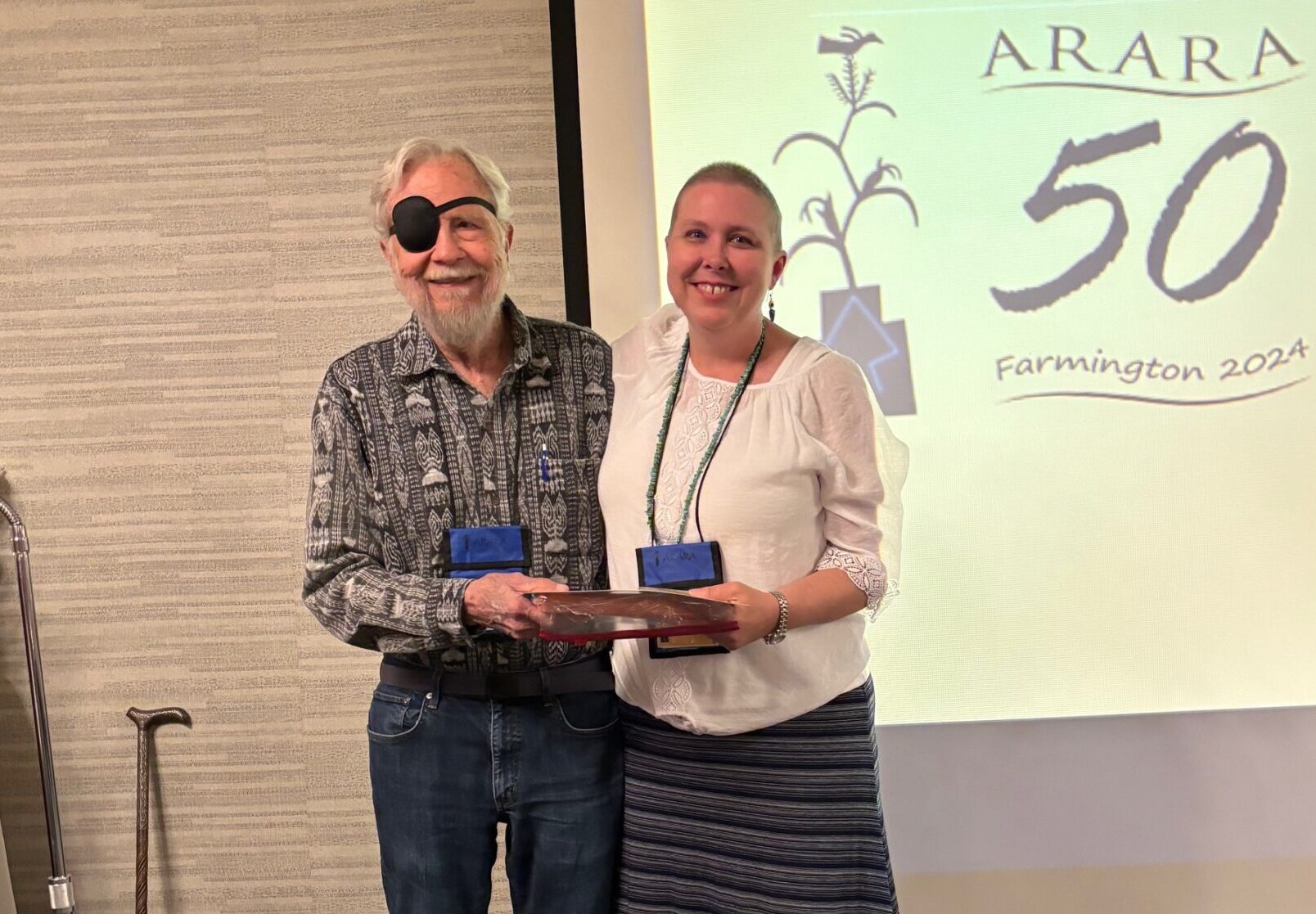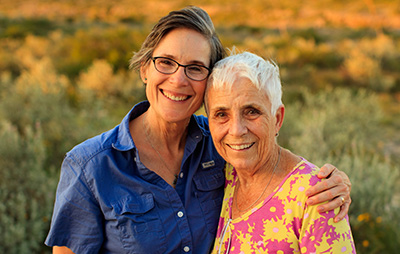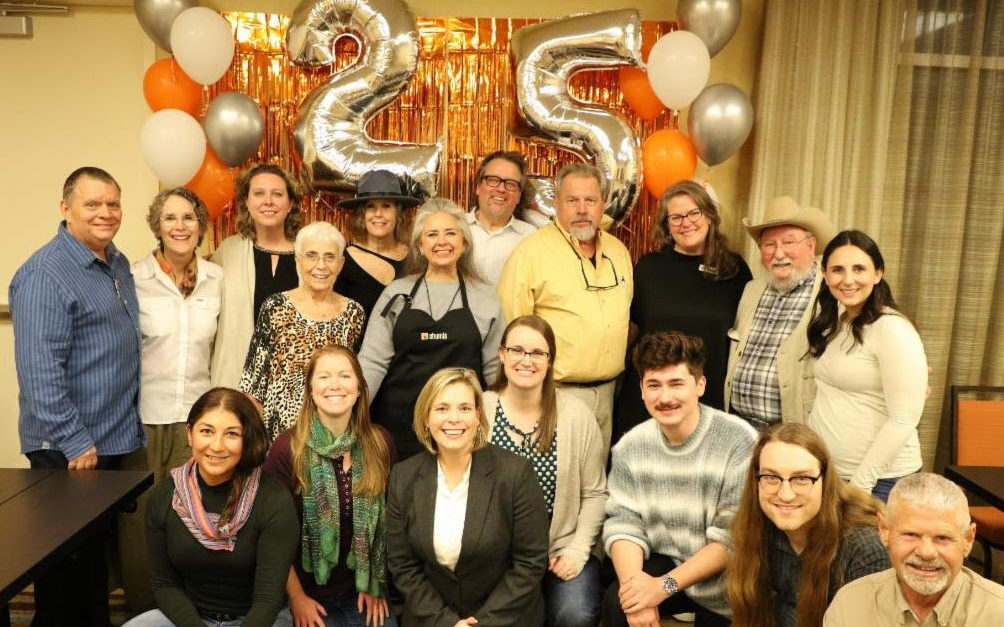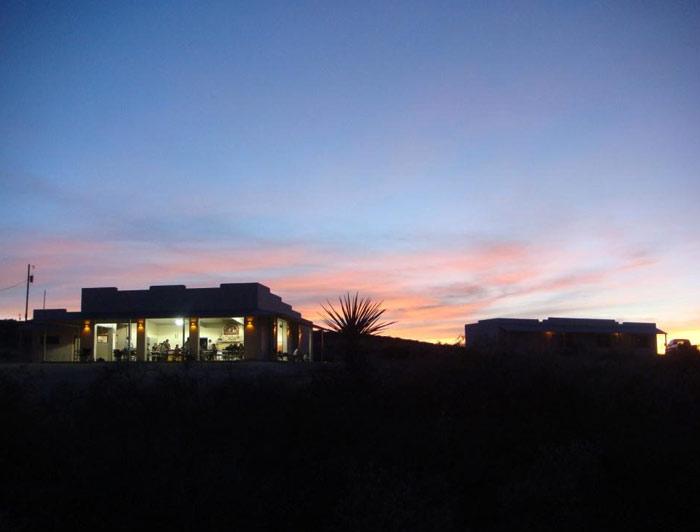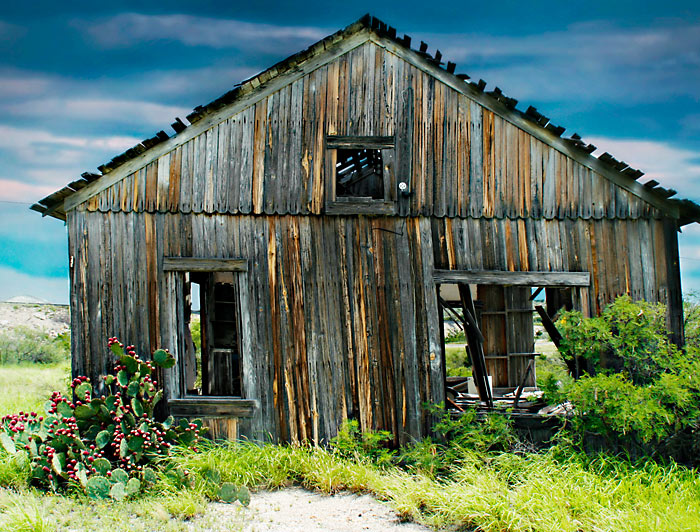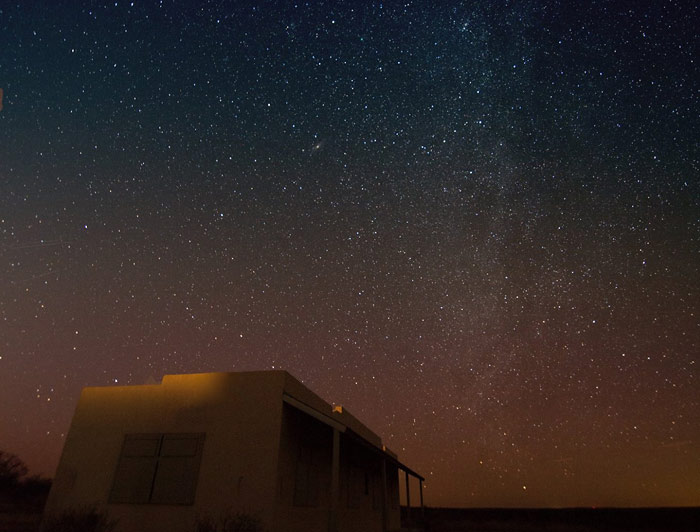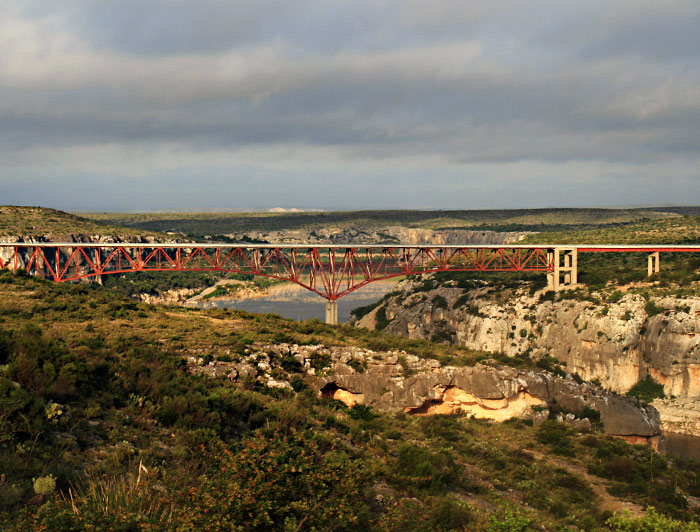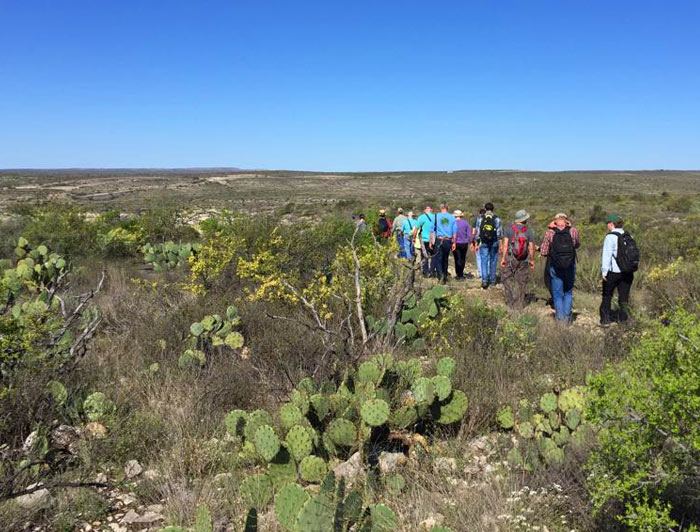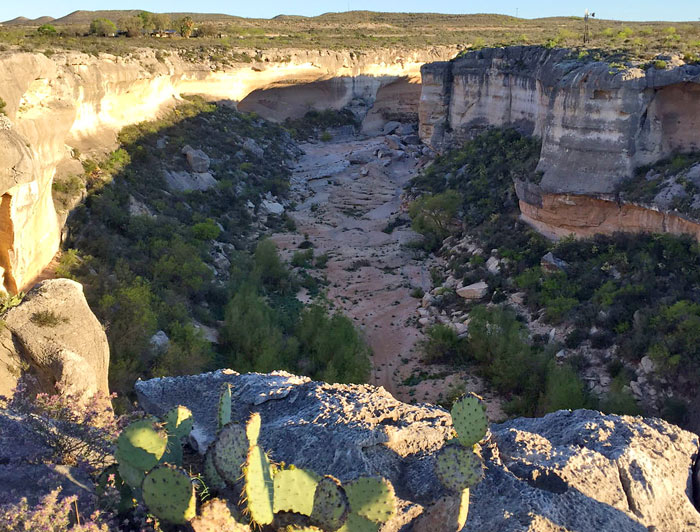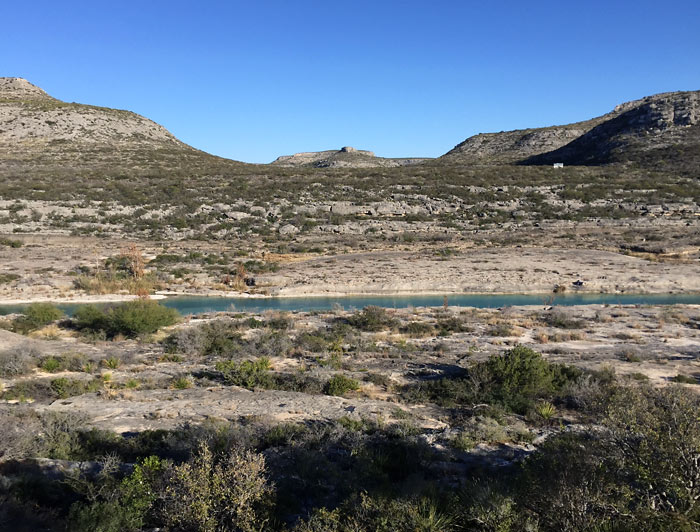Shumla is a global leader in rock art research and education. We use advanced science and technology in our fight to preserve the information held in the oldest “books” in North America — the endangered murals of the Lower Pecos Canyonlands of Texas.
Our research is adding chapters to the history of our state, our continent and the world.
Our work is preserving an untapped ancient library for future generations.
In a Nutshell
Marfa Public Radio’s Nature Notes podcast captures the essence of the rock art and Shumla’s efforts to save it!
The Lower Pecos Canyonlands Archeological District is officially designated a National Historic Landmark
After a six‐year effort, Shumla, with the National Park Service, the Texas Parks and Wildlife, landowners and partners is proud to announce the Lower Pecos Canyonlands Archaeological District has been designated a National Historic Landmark. We began work on developing and drafting the nomination in early 2015 and submitted the 138‐page nomination in July 2017. With the signature on January 13, 2021 by the United States Secretary of the Interior, the Lower Pecos Canyonlands region and 35 representative sites are officially designated. It is an outstanding recognition of the superlative record of human occupation in the deposits and rock art of the Lower Pecos Canyonlands. It will positively impact our ability to garner awareness and funding to preserve the murals. Best of all, it is official acknowledgement of what we at Shumla have always known. The sites we work so hard to preserve are truly national treasures.
Our deepest thanks to the landowners and partners who joined with us in this effort. In particular, we recognize Nancy Kenmotsu, Shumla Board Member and long‐time Texas archeologist, who drafted the thorough and flawless nomination.
Shumla Archaeological Research & Education Center is a non-profit 501(c)3 organization working to preserve the oldest “books” in North America — the narrative murals of the Lower Pecos Canyonlands.
The Latest
Shumla’s very own Science Director, Dr. Karen Steelman, received the 2024 Frank & A. J. Bock Award from the American Rock Art Research Association (ARARA). Read more…
Our Story
The story of Shumla began over 4,000 years ago when the people of the Lower Pecos began to paint their myths and beliefs on the canyon walls. In 1998, we began our work to preserve and share the “library” of painted texts and the information they hold. We’re on a mission! Learn more…
Support Shumla
Shumla needs your support!
We’re not a government agency or funded by a university. We’re a non-profit 501(c)(3). Help us to save these ancient “books.”
Visit our Support Us page and give today!
What Are People Saying About Shumla?
Few bodies of rock art are more spectacular than the ancient Pecos River Style paintings. Appropriately, no research program in the world is more technologically sophisticated and analytically thorough than Shumla’s, which is quickly demonstrating that the Pecos corpus is one of the world’s richest and most important archaeological records. Great prehistoric art deserves the best science. Nowhere is this better demonstrated than in Shumla’s research.
It is my considered opinion – after having seen rock art on all continents – that the Pecos River rock art is second to none and ranks among the top bodies of rock art anywhere in the world.
Shumla, a state-of-the-art research organization, is currently doing some of the most advanced rock art research in the world. From high-tech on-site recording methods, to expansive rock art data management capabilities, to publication of findings, Shumla is successfully preserving one of the most spectacular collections of rock art in North America and offers an unparalleled opportunity for scholars to study this art tradition now and far into the future.
“The chief export of the Lower Pecos is amazement.”
Where We Are
Shumla is located in Comstock, TX, about 30 miles west of Del Rio. We welcome visitors to our headquarters and to this beautiful desert savannah region. Though many of the ancient murals are on private land, there are some spectacular sites that are open to the public. Our partners at the The Witte Museum and Seminole Canyon State Park offer scheduled tours. You can see in this photo gallery a visual sample of our uniquely beautiful and historically significant surroundings.
